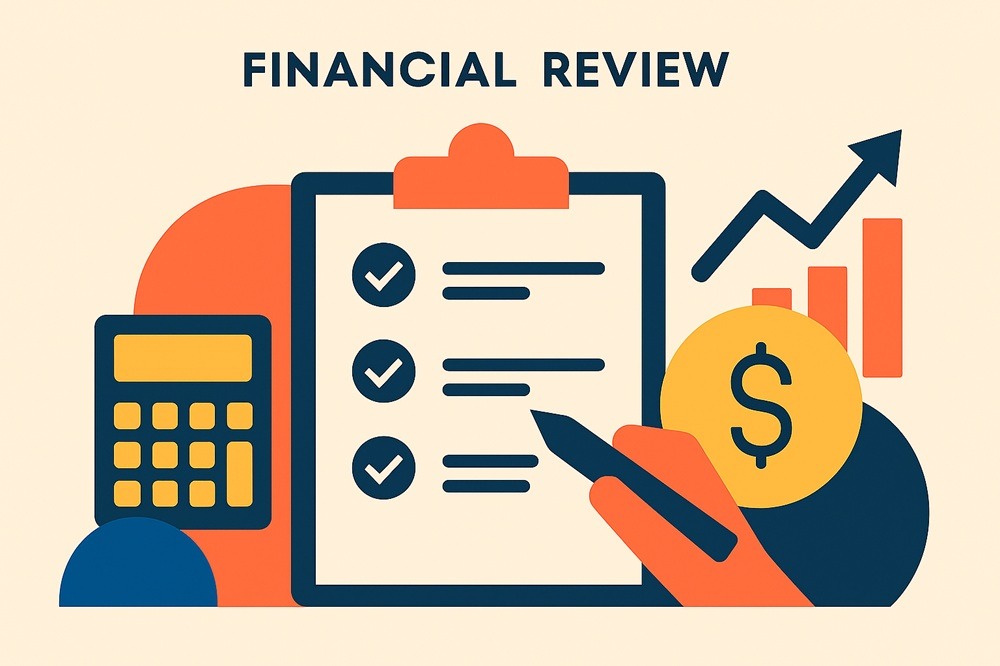The FIRE Movement and Money Management


The festive break often provides a valuable opportunity to reflect, and what better time to explore an approach that's been gaining traction: the Financial Independence, Retire Early (FIRE) movement. This movement was popularised by the 1992 book "Your Money or Your Life" by Vicki Robin and Joe Dominguez. While its principles might seem bold to some, there are valuable lessons we can all glean from this take on money management.
I'm excited to share insights that could reshape your financial outlook for the year ahead. The FIRE movement has sparked conversations about financial freedom and life choices, offering a fresh perspective as we step into a new year.
Understanding FIRE
FIRE is built on a foundation of aggressive saving and careful spending, with the goal of achieving financial independence much earlier than traditional retirement age. The basic idea is simple: save a significant portion of your income, invest wisely, and create a passive income stream that can support your lifestyle without the need for a regular job.
1. Mindful Spending
FIRE advocates encourage a thorough review of your expenses. While saving 70% of your income (a common FIRE goal) might be unrealistic for most, the principle of mindful spending is universally applicable. Consider each purchase in terms of the hours worked to afford it. This perspective can help you prioritise spending on what truly matters to you. For example, before buying non-essential items, wait 24 hours to determine if it's truly needed
2. Long-term Goal Setting
At its core, FIRE is about thinking long-term. Whether your goal is early retirement or simply greater financial security, setting clear, long-term objectives is essential. These goals become the compass for your financial decisions, helping you stay focused and motivated. Many FIRE advocates create a vision board with images representing your financial goals (e.g., a debt-free lifestyle or dream home).
3. Making Your Money Work Harder
FIRE followers often focus on maximising returns on their savings and investments. While their strategies might be more aggressive than most, the principle of seeking the best returns for your risk tolerance is sound. This might involve regularly reviewing your savings accounts for the best interest rates or considering a diversified investment portfolio. Speak with us if you would like assistance with your investment review.
4. Balancing Present and Future
While FIRE emphasises future financial freedom, it's important to strike a balance. Financial planning should allow you to enjoy life now while also preparing for the future. It's about finding your personal sweet spot between saving for tomorrow and living for today. We make sure to plan for one meaningful experience or trip with family annually while still maintaining aggressive savings goals.
Applying FIRE Principles
You don't need to retire at 40 to benefit from FIRE principles. Here are some ways to apply these ideas:
- Review Your Spending: Take a close look at where your money goes. Are your expenses aligned with your values and goals?
- Increase Your Savings Rate: Even a small increase can make a big difference over time.
- Invest Wisely: Consider low-cost index funds, which are favoured by many FIRE adherents for their broad market exposure. Always seek professional advice before making a major investment. We are just one phone call or email away.
- Create Multiple Income Streams: Look for ways to diversify your income, potentially including passive income sources.
- Focus on Financial Independence: Even if early retirement isn't your goal, working towards financial independence can provide more career flexibility and peace of mind.
Remember, the path to financial freedom is personal. Take inspiration from FIRE and adapt its principles to fit your unique circumstances and goals. The journey towards greater financial control and freedom can be rewarding, regardless of when you plan to retire. Feel free to give me a call or send me an email to discuss your 2025 goals.


